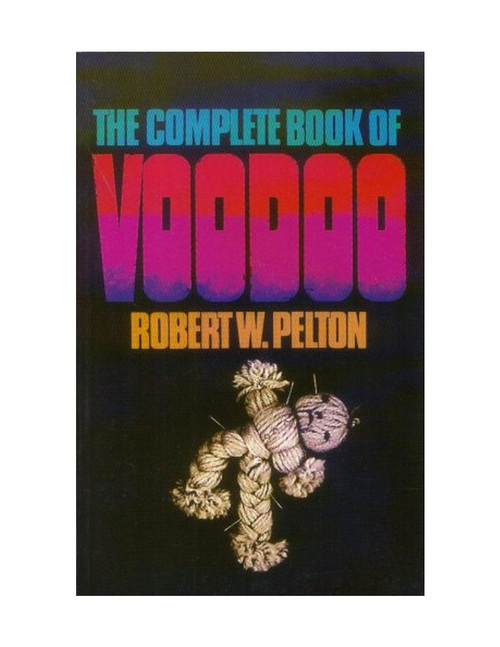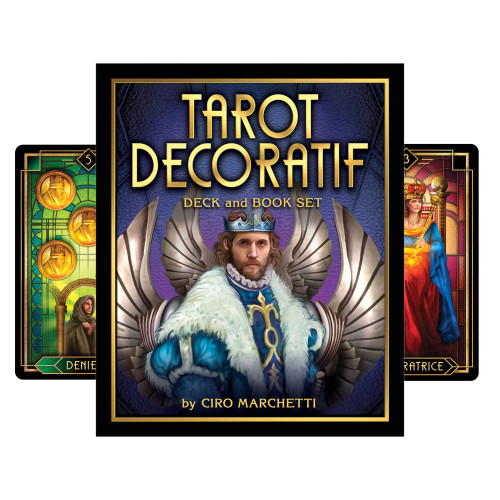Product Overview
The Jungian Tarot and Its Archetypal Imagery is a companion book to The Jungian Tarot Deck . The product of five years of research in consultation with the scholars at the C.G. Jung Institutes in New York and in Zurich, it carefully explains how each archetype interacts with the others and how the tarot can be viewed as a mirror of the human condition. Each trump card refers to one aspect of the dualities that Jung believed to be the key to the life process which he taught one has the capacity to resolve and thereby know the true meaning of life. And insofar as the cards represent key archetypes such as "Mother," "Father," "Son" and "Daughter," the archetypes are considered cross-culturally and from the standpoints of many religions. For example, the High Priestess may be known as the Virgin Mary, as Isis, or as any pure and primary goddess.
First published in 1988, The Jungian Tarot and Its Archetypal Imagery is intended to be a visual introduction to Jungian philosophy. The key is the archetypal image encountered through creative visualization or, as Jung called it, "active imagination." It is a process which may, theoretically, lead to discovery of a true Inner Self. Such creative visualization is at the heart of all mystical and religious systems, from those of the ancient world, to the spiritual exercises of Ignatius Loyola, to Hermeticism and Rosicrucianism, to Alchemy, and to the remarkably creative occult exercises of the nineteenth century.
Those familiar with Dr. Wangs earlier work, The Qabalistic Tarot, will be comfortable with his attribution of tarot cards to that central diagram, the Tree of Life. Wang considers this glyph to represent a hierarchy of archetypes and, indeed, a sort of road map of the collective unconscious. One of his main efforts in this exploration of Jungian philosophy is to demonstrate parallels between it and Hermetic Kabbalah, a system which has been essential to Western mysticism since the Italian Renaissance.
Wang explores Jung's ideas about regressions from the personal into the collective and considers them to be commensurate with the Kabbalistic method of working backwards from the lowest level of the Tree of Life (the material condition), through the upper levels which symbolize not only the enlightened Self, but a condition of non-being which transcends all consciousness, personal or collective.
This book also attempts to address a loose correlation of pantheons, under the file categories provided by tarot. It may be argued that ideas which emerge repeatedly across cultural boundaries lend credence to the postulate of archetypes which, in the minds of most people, is merely an interesting and remote theory. Wang is of the opinion that to rapidly skim across ancient concepts of, for example, a mother goddess, is to consider the various faces of the Mother archetype represented in tarot as The Empress. And, again, the main reason for making such a comparison is to determine if the "true" nature of an archetype is revealed by those areas where far-removed cultures have deities with similar qualities. In this regard, the earliest mythologies seem to be the most useful.
Just as Carl Jung brought the overview of a scientist to the age-old question of man's potential for self-knowledge, Wang has used his background as an art historian to explore how Jung wanted to understand the nature of consciousness, and ultimately to solve the problem which so engaged the Greeks, the relationship between the one and the many.
From the Author
Of course interpretation of the tarot in serious psychological terms would have seemed laughable, if not absolutely bizarre to its originators, who developed the cards as a game! It was not until the late nineteenth century that tarot was systematically related to Astrology, to Kabbalah, and to Alchemy. And it was the twentieth century which added an overlay of modern psychological theory.
Finally, let me say that this work, which is predicated on Jung's rather remarkable methodology, is in no way intended to present a belief system. Nothing except the historical facts should be taken at face value. The exercise of dealing with each of the tarot keys as an archetypal image is meant to stimulate thought about the nature of consciousness and about the root causes of the human condition.
280 pages.






